Exploring Colorado's Front Range
RV travel to Central City, Mount Evans and Idaho Springs
Article Date: January, 2014
Article and Photography by Mark Quasius
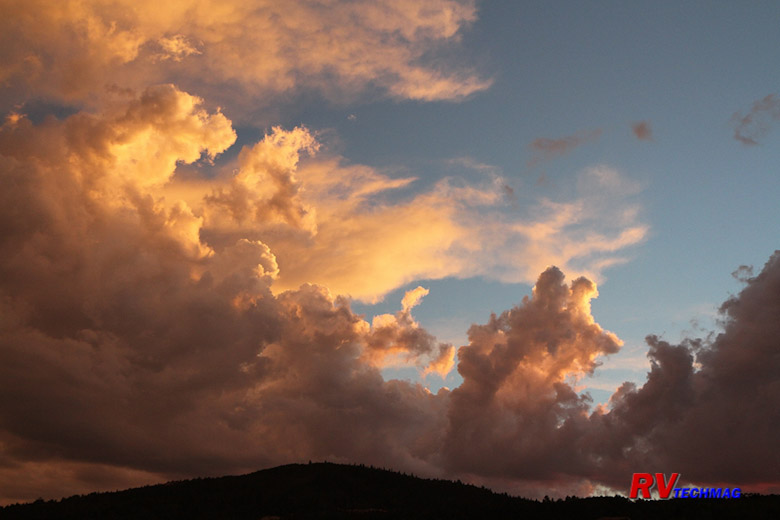
Mount Evans
Idaho Springs is the beginning of the Mount Evans Scenic Highway, which is the highest paved road in North America that
rises to the summit of Mount Evans at 14,265' of altitude. It is the closest "fourteener" to Denver and actually is 154' taller than Pike's Peak. It
was originally built by the Denver Mountain Parks system to compete for the Pike's Peak tourism dollars that were going to Colorado Springs. The
first stage was to link Echo Lake and Summit Lake to Bergen Park near Evergreen and Idaho Springs. The 13 mile stretch between Echo Lake and Idaho
Springs was completed by 1921 but the final 15 miles to the summit weren't completed until 1930 due to the unusual problems of construction at high
altitudes. In fact, the final 600' were completed by hand.
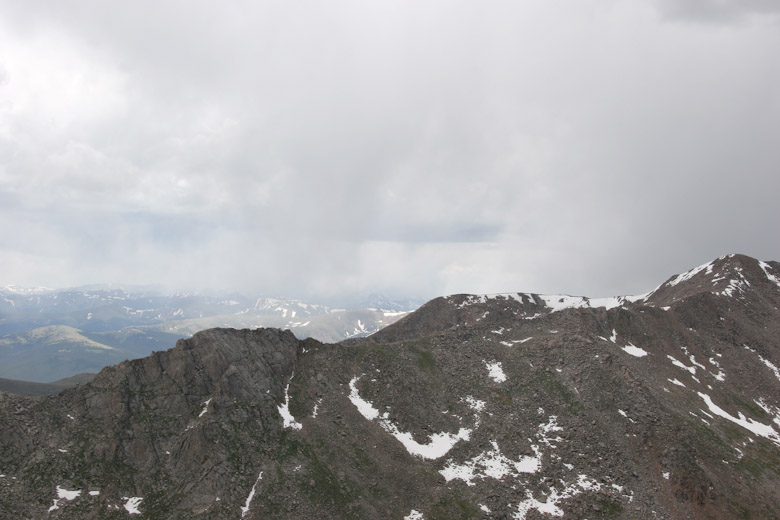
At 14,270', the summit of Mount Evans offers an awe-inspiring view of the Front Range.
This 28 mile drive to the summit passes by amazing scenic views as the terrain changes from montane forests to alpine tundra on
its winding path to the top, gaining over 7,000' of altitude. As you leave Idaho Springs the road begins its gradual climb through lodgepole pine and
blue spruce forests as the buildings and developments alongside the highway gradually disappear. Numerous mountain streams can be seen cascading down
the slopes of the mountain heading for the valley below as you travel the highway. Patches of quaking aspen appear as you approach the subalpine forest
near the Mount Goliath Natural Area, just below Echo Lake. At this nature center you'll begin to see Bristlecone Pine trees. These twisted conifers grow
slowly due to the short season and are battered by the high winds and heavy snow cover. But they are sturdy and some are over 1,600 years old.
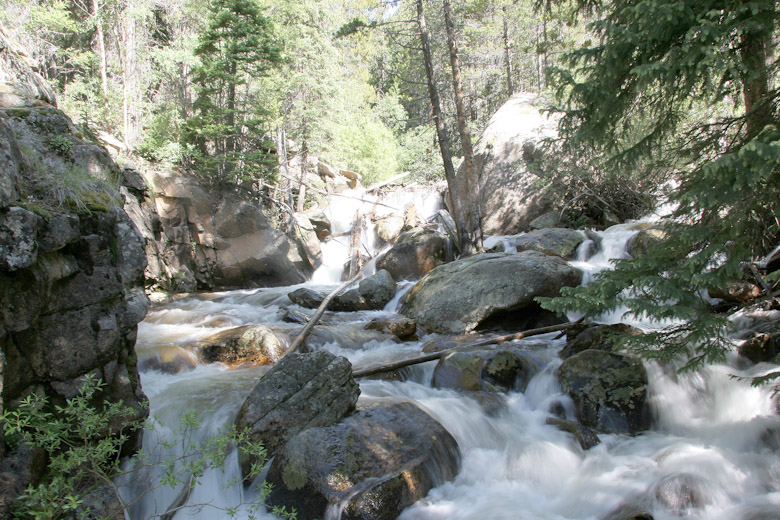
Numerous streams cascade down the mountain slopes.
Echo Lake is located at 11,000' of altitude and is the location of Echo Lake Lodge, which overlooks this scenic mountain lake.
A picnic area is located on the lake's shore and a US Forest Service campground is located next to the lodge. The road up to the summit is gated and
operated by the forest service. Due to the heavy snow loads and long winters at this altitude the road is closed over winter but generally is open
between Memorial Day and Labor Day, although the actual dates are weather dependent. This road is steep and climbs the switchbacks as it winds its
way to the top. RV travel is okay up to Echo Lake but after that the road is fine for passenger vehicles but not suitable for RV travel. In many
places there are steep drop-offs and no guardrails exist so travel will be slow.
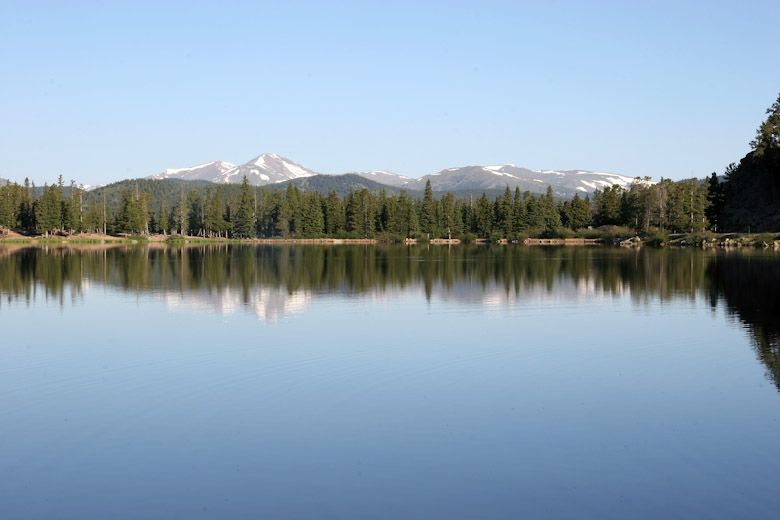
Echo Lake rests at 11,000' on the road to Mount Evans. Echo Lake Lodge, a county park with picnic facilities and a US Forest Service campground
are all located here.
On your way to the summit you'll undoubtedly see Mountain Goats in the rocky meadows alongside the road grazing on the spare
grass and looking for salt deposits. Rocky Mountain Bighorn Sheep can be seen close to the summit and Yellow Bellied Marmots are always a favorite as
is the ever elusive Pika. Crest House was built at the summit in 1941 and served as a restaurant and gift shop until it burnt down on September 1, 1979.
Its remaining rock walls now remain as a windbreak for travelers. The summit has rest rooms as well as a large paved parking area. The commanding
views from the viewing platform at the summit are unparalleled and on a haze free evening the lights of Denver can be seen over 30 miles away as the
crow flies.
|
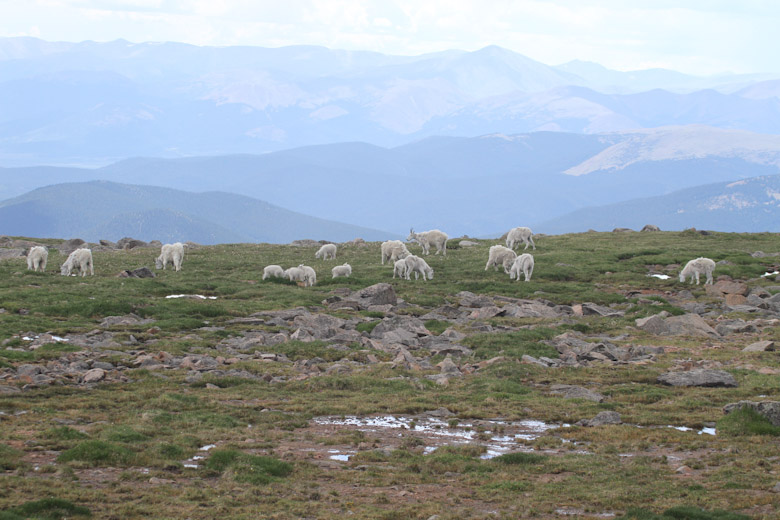
On the high, rocky meadows of Mount Evans, mountain goats can be found grazing and looking for salt deposits.
|
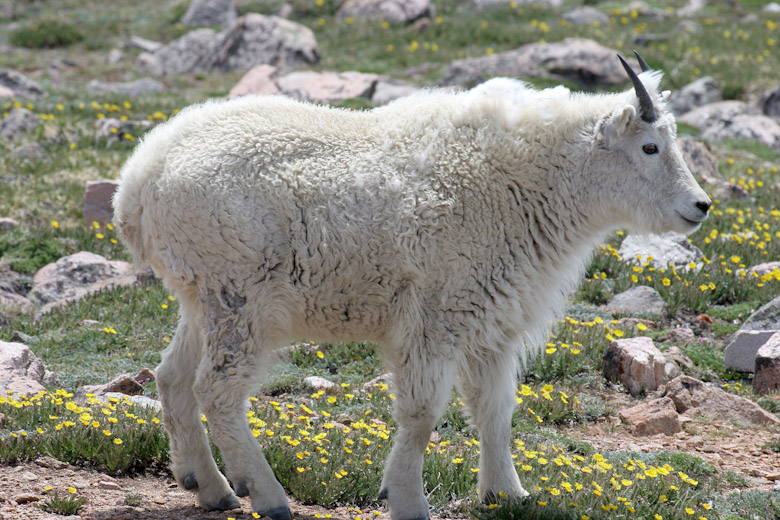
Mountain goats retain their winter coats well into early summer due to the cool temperatures at these higher altitudes.
|
|
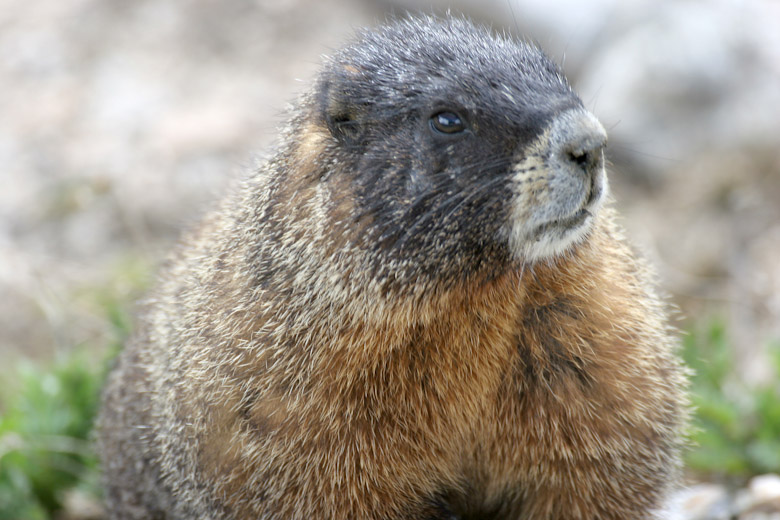
Yellow-bellied marmots, which are related to woodchucks, live in the rocky shale in the higher levels of Mount Evans.
|
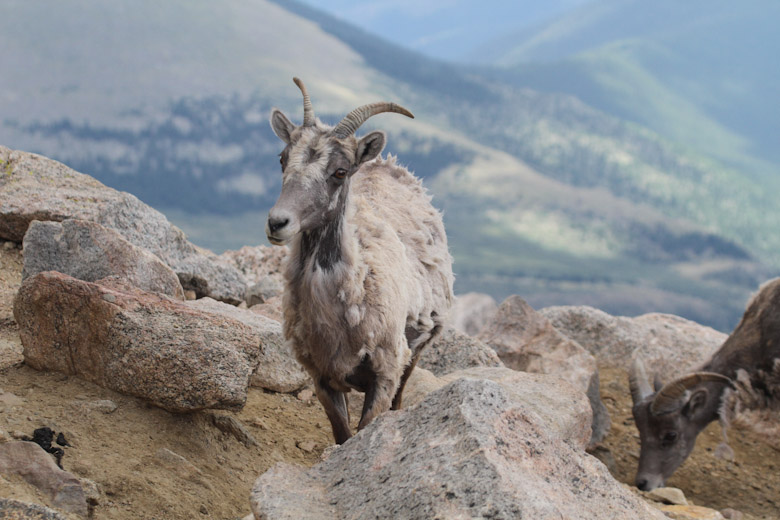
Rocky Mountain bighorn sheep are commonly seen at the summit of Mount Evans.
|
Visitors to Mount Evans should be prepared. Rest rooms are located at Summit Lake, halfway up the mountain, as well as at the
viewing platform at the summit. The air is thin at this altitude so dehydration and altitude sickness can have serious consequences. Bring plenty of
water to prevent dehydration and avoid strenuous activities at the summit, which can bring on disorientation and headaches or dizziness. Be prepared
for changes in weather as well. It may be 90 degrees in Denver but only 40 degrees at the top of Mount Evans. Bring warm jackets or layer your clothing.
On the way down be sure to stop at Echo Lake Lodge for a burger or some homemade pie as well as an "I made it to the top" souvenir.
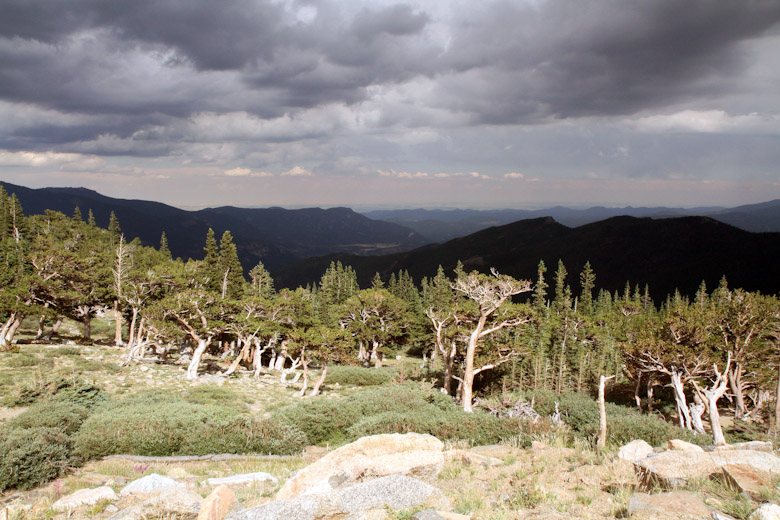
In the higher elevations, the constant winds warp bristlecone pines into twisted shapes. The harsh winters only allow for an extremely short growing
season. These trees have a minute rate of growth and can be over one thousand years old.
Source
Return to Home Page
If you enjoyed this article be sure to recommend RVtechMag.com to your friends, like us on Facebook or Twitter
or subscribe to our RSS feed.



|













